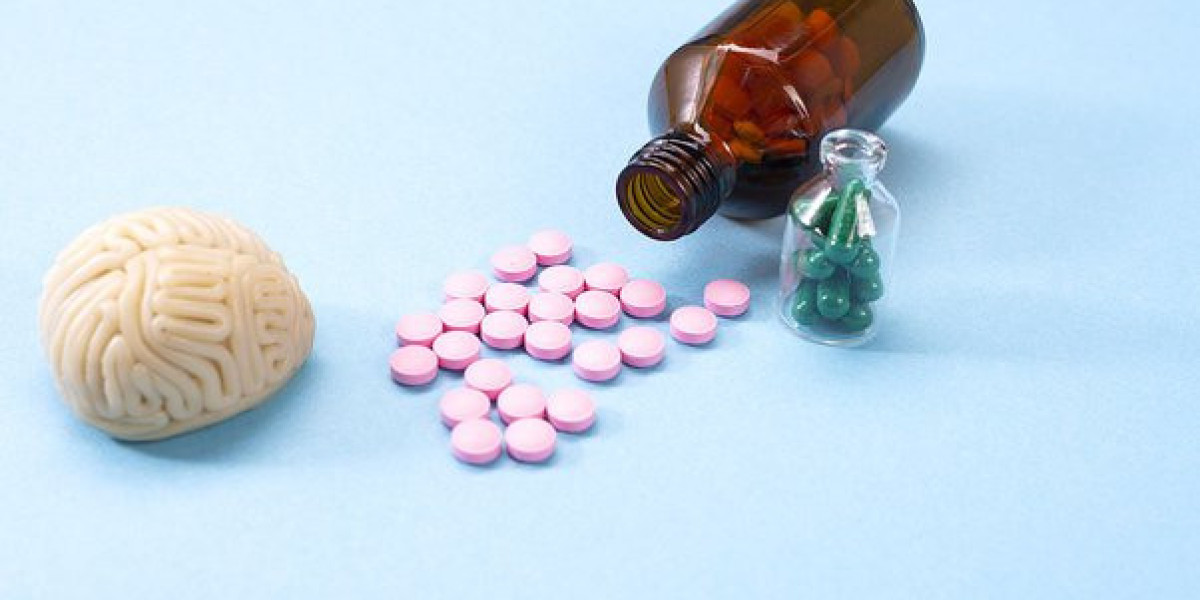Modafinil is a wake-promoting drug that has been used to treat excessive daytime sleepiness in narcolepsy. It does not stimulate the central nervous system as much as amphetamines do, so it has fewer side effects.
Modafinil 200 Australia has also been found to enhance cognitive functions in healthy people. It is sometimes used to increase alertness, improve judgment and increase risk perception during lengthy missions like wars or space travel.
Dopamine
Dopamine is a neurotransmitter, a chemical messenger that transmits signals from one brain cell to another. It helps to regulate your mood, motivation, and memory. It also plays a role in the reward system, which is how you feel when you do something that makes you happy or gives you pleasure.
Dopamine plays a large role in our decision-making and working memory. It is also involved in the body's fight-or-flight response, which is a normal reaction to stress. Too little dopamine, on the other hand, can cause mental health conditions like schizophrenia.
Modafinil causes elevations of both DA and NE in the medial prefrontal cortex (MPC), with a stronger effect on DA. However, it has not been proven that these increases in DA and NE are the reason for modafinil's effects on working memory and decision-making.
Instead, the increased activity could also be due to the fact that modafinil decreases the inhibition of NMDA receptors by NDAR, allowing glutamate to be released (Cheeran and Mann, 2003). Modafinil also increases Fos-immunoreactivity in identified orexin cells in the striatum of animals.
GABA
GABA (gamma aminobutyric acid) is a naturally occurring neurotransmitter in the central nervous system that acts to reduce brain activity. GABA binds to its receptors and increases chloride ion permeability across nerve membranes, inhibiting nerve transmission and producing a calming effect.
Modalert Tablet produces wake-promoting effects comparable to those of stimulants such as amphetamine and methylphenidate, but without the stimulant side effects. Its effectiveness in treating fatigue syndromes and psychiatric conditions traditionally treated with stimulants is thought to be mediated in part by effects on monoamine systems, including changes in dopamine, serotonin, glutamate, and GABA.
Modafinil causes dose-dependent decreases in extracellular GABA in the cortex, medial preoptic area, and posterior hypothalamus (Tanganelli et al, 1994; Ferraro et al, 1999; 1997b), and in the striatum and globus pallidus (Ferraro et al, 1998). At higher doses, it also reduces GABA in the hippocampus, thalamus, and nucleus accumbens. In contrast to fenfluramine, which reduces both spontaneous and electrically-evoked 5HT efflux in cortical synaptosomes, modafinil does not alter 5HT synthesis or vesicular storage.
Serotonin
Serotonin is both a neurotransmitter and a hormone that sends signals between nerve cells. It is made from the amino acid tryptophan, which enters your body through foods such as meat, dairy products, eggs and nuts. It matures into 5-HTP in the brain, and then is turned into serotonin. Serotonin is important in regulating mood and boosting your energy.
Watch this 2023 Brain Awareness video to see how serotonin operates and develops from young amino acids in neurons into full-fledged neurotransmitters that are released and recycled at a synapse over and over again.
Modafinil has been shown to increase the release of dopamine, serotonin and GABA. It is believed that these chemicals are responsible for the wake-promoting effects of modafinil and also improve cognition. It is the first well-validated pharmaceutical nootropic that has been proven to enhance cognitive performance in normal populations. It also has few side effects. This is why many professionals and students use it for specific occasions – when they need to stay up late for an exam, for example.
BDNF
Brain-derived neurotrophic factor (BDNF) has emerged as an important regulator of synaptic plasticity, memory and learning. It binds to its high-affinity receptor TrkB, which initiates several intracellular signaling cascades that culminate in phosphorylation and activation of cyclic adenosine monophosphate-response element binding protein (CREB).
Studies have shown that exercise, calorie restriction and sleep deprivation all increase serum levels of BDNF. In addition, the hormone insulin regulates the level of BDNF in the blood by regulating its translation from pro-BDNF to mature BDNF.
Modafinil’s wake-promoting effects are similar to those of stimulants such as amphetamine and methylphenidate, but does not produce the same cardiovascular side effects. It increases the levels of histamine, dopamine and GABA in the brain, but does not directly affect 5-HT or NMDA.
Its effect on dopamine is probably due to its adrenergic actions at dorsal raphe serotonin cell bodies, while the glutamate effects may be mediated by nitric oxide. However, the c-Fos activation in the anterior cingulate cortex observed with modafinil is also likely to be influenced by the adrenergic system.






